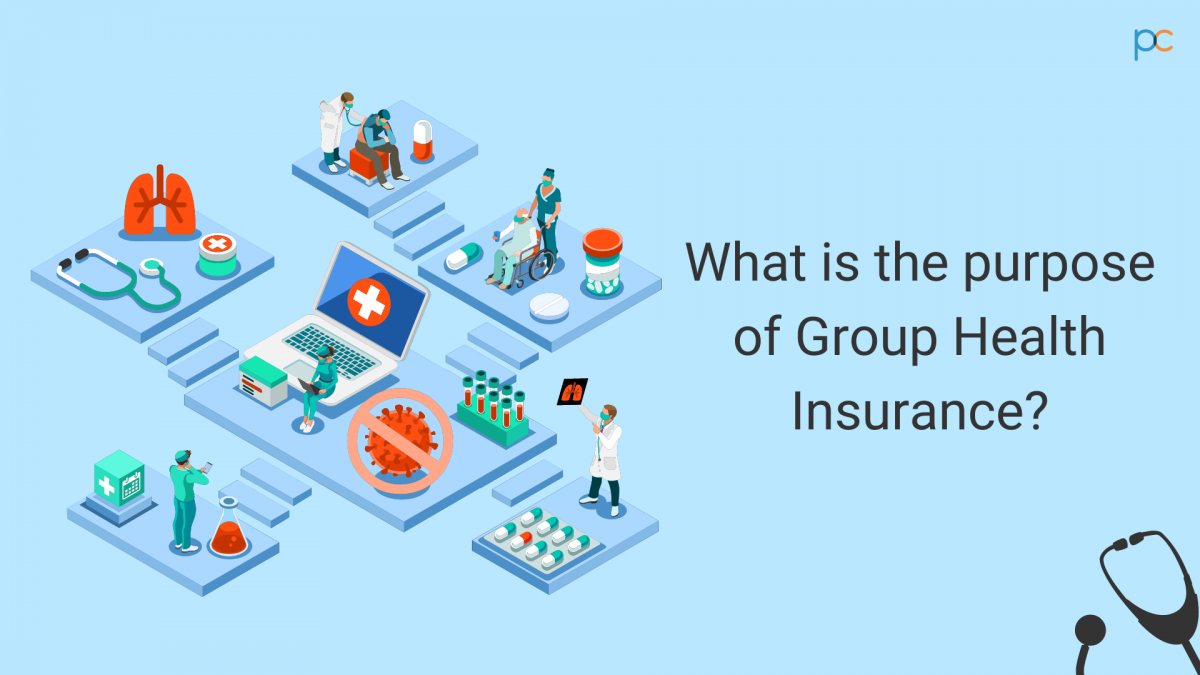3 Easy Facts About Pacific Prime Shown
3 Easy Facts About Pacific Prime Shown
Blog Article
Some Ideas on Pacific Prime You Need To Know
Table of ContentsThe Greatest Guide To Pacific PrimeSome Of Pacific PrimePacific Prime for DummiesSome Of Pacific PrimeHow Pacific Prime can Save You Time, Stress, and Money.

This is since the data were gathered for a period of solid economic performance. Of the estimated 42 million individuals that were uninsured, just about about 420,000 (regarding 1 percent) were under 65 years old, the age at which most Americans end up being qualified for Medicare; 32 million were adults between ages 18 and 65, around 19 percent of all adults in this age; and 10 million were youngsters under 18 years of age, about 13.9 percent of all children (Mills, 2000).
These estimates of the variety of persons uninsured are produced from the annual March Supplement to the Current Populace Study (CPS), carried out by the Demographics Bureau. Unless or else kept in mind, nationwide estimates of people without health insurance policy and proportions of the populace with different sort of insurance coverage are based upon the CPS, one of the most widely used resource of price quotes of insurance policy protection and uninsurance rates.
The Best Guide To Pacific Prime

Still, the CPS is especially valuable due to the fact that it produces yearly estimates fairly swiftly, reporting the previous year's insurance policy protection estimates each September, and due to the fact that it is the basis for a regular collection of estimates for greater than twenty years, permitting analysis of fads in insurance coverage gradually. For these factors, in addition to the considerable use the CPS in other researches of insurance policy coverage that are offered in this record, we rely on CPS price quotes, with constraints noted.

The estimate of the variety of uninsured individuals broadens when a population's insurance standing is tracked for a number of years. Over a three-year period beginning early in 1993, 72 million individuals, 29 percent of the U.S. https://experiment.com/users/pacificpr1me. population, were without coverage for a minimum of one month. Within a solitary year (1994 ), 53 million people experienced at the very least a month without insurance coverage (Bennefield, 1998a)
Six out of every 10 without insurance adults are themselves employed. Functioning does enhance the possibility that one and one's family members will certainly have insurance policy, it is not a warranty. Even participants of households with two full-time breadwinner have virtually a one-in-ten possibility of being uninsured (9.1 percent without insurance rate) (Hoffman and Pohl, 2000).
What Does Pacific Prime Do?
New immigrants represent a considerable proportion of individuals without medical insurance. One evaluation has connected a significant part of the current development in the size of the U.S. uninsured population to immigrants that showed up in the nation in between 1994 and 1998 (Camarota and Edwards, 2000). Current immigrants (those that came to the United States within our website the past four years) do have a high rate of being uninsured (46 percent), yet they and their youngsters make up just 6 percent of those without insurance coverage across the country (Holahan et al., 2001).
The relationship between health and wellness insurance policy and access to care is well established, as recorded later on in this chapter. The partnership between wellness insurance and wellness outcomes is neither straight neither simple, a comprehensive medical and health and wellness services research literature links health insurance policy protection to enhanced access to care, better top quality, and boosted individual and population health status.
Levels of analysis for examining the effects of uninsurance. This conversation of medical insurance coverage concentrates mainly on the U.S. population under age 65 since basically all Americans 65 and older have Medicare or various other public protection. It concentrates particularly on those without any health and wellness insurance for any kind of length of time.
Little Known Facts About Pacific Prime.
The problems encountered by the underinsured are in some aspects similar to those faced by the uninsured, although they are generally much less serious. Health and wellness insurance, nevertheless, is neither essential neither sufficient to obtain access to medical services. The independent and straight effect of wellness insurance coverage on accessibility to health solutions is well established.
Others will certainly obtain the healthcare they require also without medical insurance, by paying for it expense or seeking it from providers that provide treatment cost-free or at highly subsidized prices. For still others, health and wellness insurance alone does not make certain receipt of treatment as a result of various other nonfinancial barriers, such as an absence of health and wellness treatment providers in their community, limited accessibility to transport, illiteracy, or etymological and social differences.
What Does Pacific Prime Mean?
Formal research study regarding without insurance populaces in the United States dates to the late 1920s and early 1930s when the Committee on the Expense of Medical Treatment generated a collection of reports about financing doctor workplace visits and hospitalizations. This concern came to be prominent as the numbers of clinically indigent climbed up throughout the Great Clinical depression.
Report this page